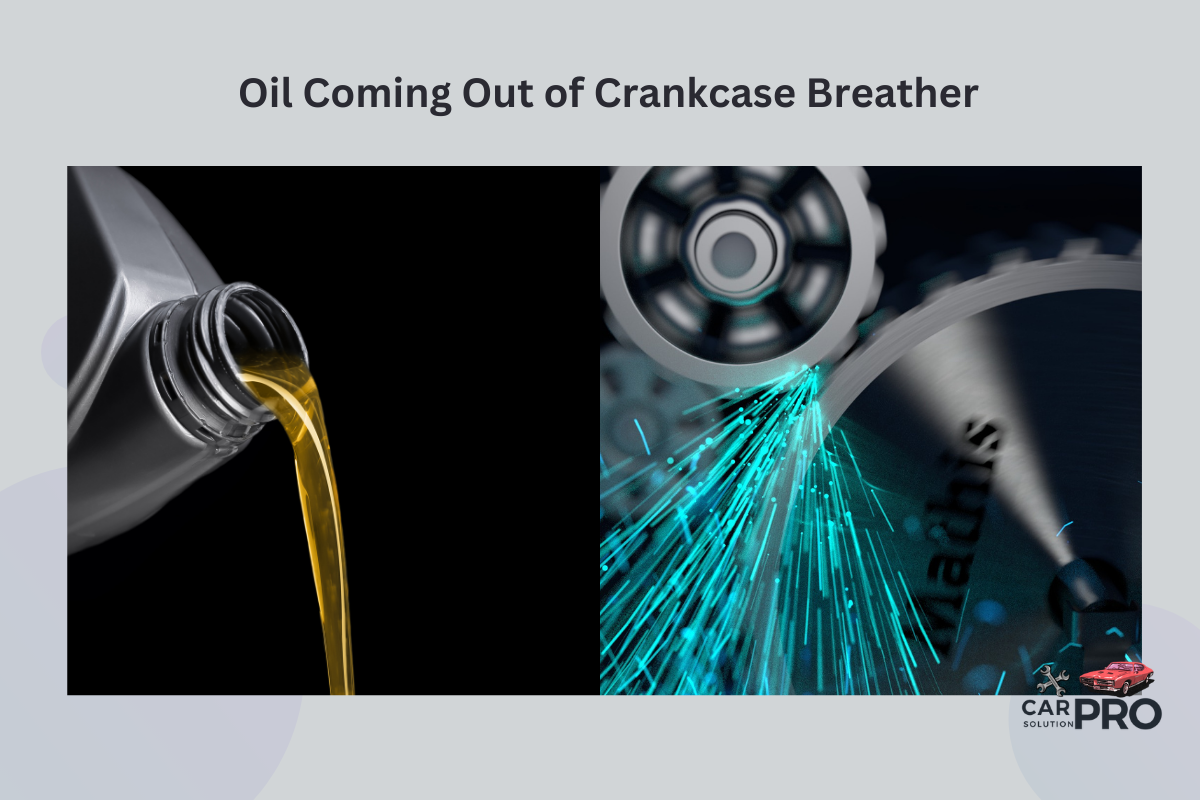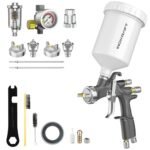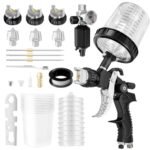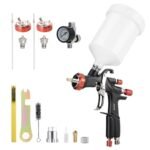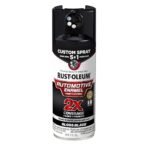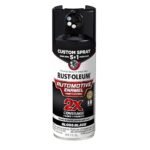Oil coming out of a crankcase breather can be a concerning issue for vehicle owners. This problem often indicates underlying issues with the engine or ventilation system. Excessive oil in the engine, worn-out seals, faulty compression rings, high crankcase pressure, and damaged PCV valves are common causes of oil escaping through the crankcase breather.
Many drivers notice this issue when they see oil leaking or puking from the crankcase. It’s important to address this problem promptly to prevent further damage to the engine. Proper diagnosis and timely repairs can help resolve the issue and maintain the vehicle’s performance.
Key Takeaways
- Oil leakage from the crankcase breather signals potential engine problems
- Regular maintenance can prevent oil escape and related issues
- Prompt diagnosis and repair are crucial for optimal engine performance
Fundamentals of Crankcase Ventilation
Crankcase ventilation is crucial for maintaining engine health and performance. It manages pressure, removes harmful gases, and prevents oil contamination.
Role of the Crankcase Breather
The crankcase breather plays a vital role in engine operation. It relieves pressure built up in the crankcase from combustion gases that slip past the piston rings. This process is known as blow-by.
The breather allows these gases to escape, preventing damage to engine seals and gaskets. It also helps maintain proper oil pressure and prevents oil leaks.
Excess oil can be pushed out through the breather if there’s too much pressure. This might indicate engine problems like worn piston rings or valve seals.
Basics of Engine Lubrication
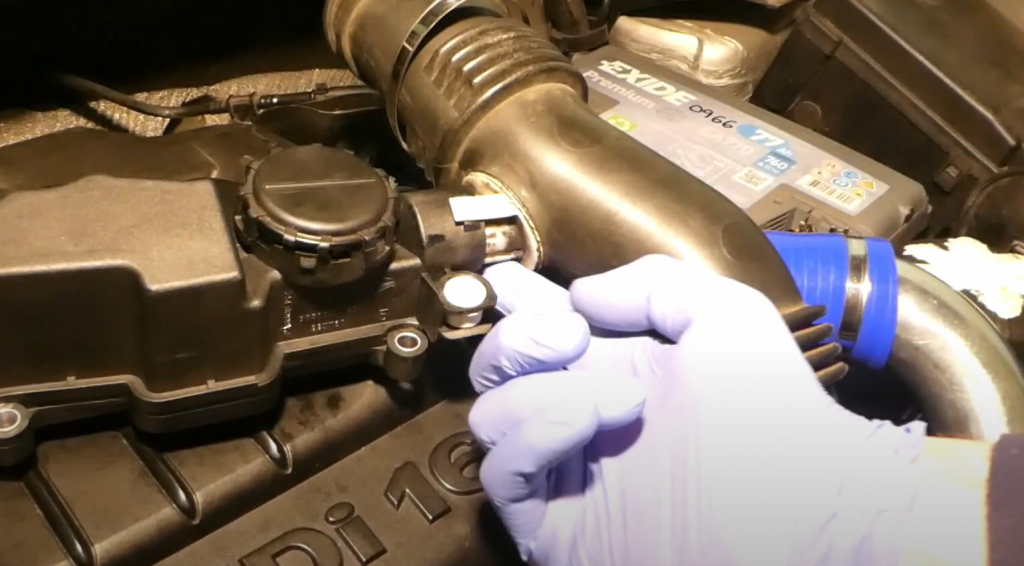
Engine lubrication is essential for reducing friction and wear between moving parts. Oil is pumped throughout the engine, forming a thin film between components.
The crankcase serves as the oil reservoir. As the engine runs, oil becomes contaminated with combustion byproducts and metal particles.
Proper oil levels and regular oil changes are crucial. Too much oil can lead to foaming and reduced lubrication. Too little oil can cause engine damage due to insufficient lubrication.
Positive Crankcase Ventilation (PCV) System Overview
The PCV system is an emissions control device that recirculates crankcase gases back into the engine’s intake system. This process reduces air pollution and improves fuel economy.
The PCV system uses engine vacuum to draw gases from the crankcase. These gases pass through the PCV valve, which regulates flow based on engine load.
A properly functioning PCV system prevents oil leaks and maintains optimal engine performance. It also helps keep the engine oil clean by removing moisture and combustion byproducts.
Regular maintenance of the PCV system, including cleaning or replacing the valve, is important for engine longevity and efficiency.
Common Causes of Oil Escape
Oil escaping from a crankcase breather can be caused by several factors. These issues can lead to engine problems and should be addressed promptly.
Overfilled Engine Oil
Too much oil in the engine is a common cause of oil leakage. When the crankcase has excess oil, it creates pressure and forces oil out through the breather.
Signs of overfilling include:
- Blue smoke from the exhaust
- Oil spots under the car
- Engine running rough
To fix this, drain the extra oil until it reaches the correct level on the dipstick. Always follow the manufacturer’s guidelines for oil capacity.
Worn Piston Rings
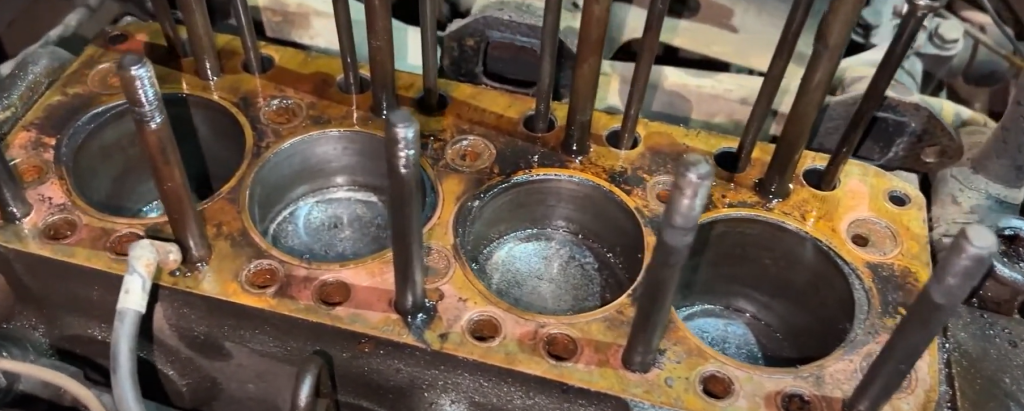
Piston rings seal the combustion chamber and control oil consumption. When they wear out, they allow oil to enter the combustion chamber.
Symptoms of worn piston rings:
- Excessive oil consumption
- Blue exhaust smoke
- Loss of engine power
Pressure leakage from worn rings can force oil into the inlet passage and back through the crankcase breather. A compression test can help diagnose this issue.
Faulty PCV Valve or System
The Positive Crankcase Ventilation (PCV) system removes blow-by gases from the crankcase. A faulty PCV valve can’t regulate pressure properly, leading to oil leaks.
PCV system problems can cause:
- Oil leaks around valve covers
- Increased engine pressure
- Reduced fuel efficiency
Regular cleaning or replacement of the PCV valve can prevent these issues. Proper PCV system function is crucial for maintaining normal crankcase pressure.
High Engine Pressure
Excessive pressure in the engine can force oil out through the crankcase breather. This can be caused by various factors.
Causes of high engine pressure:
- Clogged breather tubes
- Blocked oil return passages
- Engine overheating
To address this, check and clean breather tubes regularly. Ensure proper engine cooling and maintain clean oil passages. If the problem persists, a professional diagnosis may be needed to identify any internal engine issues causing excess pressure.
Diagnostic Procedures
When oil comes out of the crankcase breather, several diagnostic steps can help identify the root cause. These procedures range from simple visual checks to more complex tests.
Visual Inspection
Start by examining the engine exterior. Look for oil leaks around gaskets, seals, and connections. Check the crankcase breather tube for clogs or damage. Inspect the air filter for oil contamination.
A dirty or clogged breather can cause oil to back up and leak out. Clean or replace it if needed.
Examine the PCV valve for proper function. A stuck valve can lead to pressure buildup and oil leaks.
Oil Level and Quality Check
Check the engine oil level using the dipstick. Overfilling can cause oil to enter the crankcase ventilation system.
Inspect the oil quality. Dark, dirty oil may indicate internal engine problems.
Look for signs of fuel dilution or coolant contamination in the oil. These can increase crankcase pressure.
Change the oil and filter if the oil appears degraded or contaminated. Use the correct grade and quantity of oil for your engine.
PCV Valve and System Test
Test the PCV valve by removing it and shaking it. A rattling sound indicates it’s likely working properly.
With the engine running, place your finger over the PCV valve opening. You should feel suction.
Check for vacuum leaks in the PCV system. Use a smoke machine or listen for hissing sounds.
Inspect all hoses and connections in the system for cracks or loose fittings.
Compression Test
Perform a compression test on all cylinders. Low or uneven compression can indicate worn piston rings or valve issues.
Follow the manufacturer’s procedure for your specific engine model. Typically, remove all spark plugs and disable the fuel system.
Crank the engine and record the pressure readings for each cylinder. Compare the results to the specifications in your service manual.
Significant differences between cylinders or low overall compression may point to internal engine wear causing excessive blow-by.
Remedial Actions
When oil comes out of the crankcase breather, quick action is needed. Several steps can fix the problem and prevent engine damage.
Adjusting Oil Levels
Checking and adjusting oil levels is the first step. Too much oil in the crankcase can cause excess pressure. This forces oil through the breather.
To fix this:
- Park on a level surface
- Wait for the engine to cool
- Check the dipstick
- Remove extra oil if needed
Use a hand pump or suction device to take out oil. Be careful not to remove too much. Recheck the level after each removal.
Replacing PCV Valve or System Components
A faulty PCV (Positive Crankcase Ventilation) valve can cause oil leaks. The PCV system regulates crankcase pressure. When it fails, oil can escape.
Steps to replace the PCV valve:
- Locate the valve (usually on the valve cover)
- Remove the old valve
- Clean the mounting area
- Install the new valve
Also check hoses and other parts. Replace any cracked or damaged components. A clogged breather filter can also cause issues. Clean or replace it as needed.
Engine Repair or Rebuild
Serious internal engine problems may require major repairs. Worn piston rings or cylinder walls can cause excess blow-by. This pushes oil into the crankcase ventilation system.
Signs of severe engine wear:
- Blue exhaust smoke
- Low compression
- Excessive oil consumption
A mechanic can perform tests to check engine condition. They may recommend:
- Replacing piston rings
- Honing cylinder walls
- Rebuilding the entire engine
These repairs are complex and costly. But they can solve persistent oil leaks and extend engine life.
Maintenance Tips to Prevent Oil Leakage
Proper maintenance is key to stopping oil from leaking out of the crankcase breather. Regular checks, routine system upkeep, and monitoring engine performance can help prevent issues.
Regular Oil Check and Change
Checking oil levels often is crucial. Low oil can cause pressure issues in the crankcase. Too much oil can lead to foaming and blow-by through the breather.
Use the dipstick to check oil levels when the engine is cool. Keep oil between the minimum and maximum marks.
Change oil as recommended by the vehicle manufacturer. This is usually every 3,000 to 7,500 miles. Fresh oil helps maintain proper pressure and reduces sludge buildup.
Choose the right oil viscosity for your engine. Thinner oils can leak more easily in older engines.
Routine PCV System Maintenance
The Positive Crankcase Ventilation (PCV) system needs regular care. A clogged or faulty PCV valve can cause oil to leak from the breather.
Clean the PCV valve and hoses every 30,000 miles or as needed. Replace the valve if it’s stuck or damaged.
Check for blockages in the intake manifold where the PCV system connects. Clear any obstructions to ensure proper airflow.
Inspect rubber hoses for cracks or wear. Replace them if they show signs of damage.
Clean the crankcase breather regularly to prevent oil buildup and ensure proper ventilation.
Engine Performance Monitoring
Pay attention to engine performance. Poor performance can signal issues that may lead to oil leakage.
Watch for blue exhaust smoke. This can indicate worn piston rings or valve seals, which increase crankcase pressure.
Listen for unusual engine noises. Knocking or ticking sounds might mean internal engine problems.
Monitor fuel efficiency. A sudden drop can point to engine issues that may affect crankcase pressure.
Use an OBD-II scanner to check for error codes. Address any engine-related codes promptly to prevent oil leakage problems.
Frequently Asked Questions
Oil leaking from crankcase breathers can stem from various causes and affect different types of engines. These issues often have specific fixes and warning signs to watch for.
Why is my diesel engine leaking oil from the breather?
Diesel engines may leak oil from the breather due to worn piston rings or cylinder walls. This allows excess oil to enter the combustion chamber. Excessive crankcase pressure can also force oil out of the breather.
How can I fix oil leakage from my motorcycle’s crankcase breather?
To fix motorcycle crankcase breather leaks, check the oil level and ensure it’s not overfilled. Clean or replace the breather valve if it’s clogged. Inspect and replace worn piston rings or gaskets if needed.
What are common indicators of oil emission from the crankcase breather?
Common signs include oil puddles under the engine, smoke from the exhaust, and reduced engine performance. A strong burning oil smell and increased oil consumption are also indicators of crankcase breather issues.
What could cause oil to spill from a valve cover breather and how can it be stopped?
Valve cover breather oil spills often result from clogged PCV valves or excessive crankcase pressure. To stop it, clean or replace the PCV valve, check for proper valve cover sealing, and ensure the engine isn’t overfilled with oil.
Why is transmission oil leaking from the breather pipe?
Transmission oil leaking from the breather pipe may indicate overfilling or internal transmission damage. It can also happen due to extreme operating conditions causing the fluid to expand and escape through the breather.
What leads to excessive oil discharge from the breather tube in small engines like Briggs and Stratton?
In small engines, excessive oil discharge often occurs due to overfilling the crankcase. Worn piston rings, damaged cylinder walls, or a clogged air filter can also cause this issue. Regular maintenance and proper oil levels help prevent these problems.
When you purchase a product through Amazon links on carsolutionpro.com, we may earn a small commission at no extra cost to you. This helps support the site and keep our content free. As an Amazon Associate, we earn from qualifying purchases made through our links.
